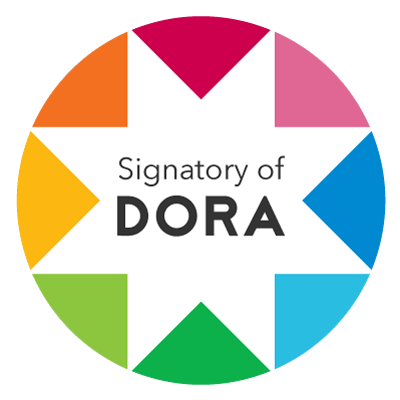Abstract
In genocide scholarship, dehumanization is often considered to be an alarming early warning sign for mass systematic killing. Yet, within broader research, dehumanization is found to exist in a variety of instances that do not lead to aggression or violence. This disparity suggests that while dehumanization is an important part of the genocidal process, it is too imprecise as a salient early warning sign. Genocide scholars have acknowledged such a conjecture in the past. This article initiates an embryonic research agenda that offers ‘toxification’ as a more precise early warning sign for genocide than dehumanization. It contends that while dehumanization signals that killing members of a particular group may be regarded as permissible, a more indicative early warning is one that flags when extermination is considered a necessity. Following a literature review of dehumanization, the purpose of this article is to introduce the idea of ‘toxificaton’, and to illustrate how the concept can work in practice, using two twentieth century genocides as examples.
Acknowledgements
I would like to thank Stephen McLoughlin for his immeasurable guidance throughout the development of this paper. I would also like to thank my two most important and special supporters, Paul and Corinne Neilsen, for their unwavering commitment to me and 'toxification'. This paper was presented at the eleventh annual International Association of Genocide Scholars conference in Winnipeg, Canada in July 2014.
DOI
http://dx.doi.org/10.5038/1911-9933.9.1.1277
Recommended Citation
Neilsen, Rhiannon S.
(2015)
"‘Toxification’ as a more precise early warning sign for genocide than dehumanization? An emerging research agenda,"
Genocide Studies and Prevention: An International Journal:
Vol. 9:
Iss.
1:
83-95.
DOI:
http://dx.doi.org/10.5038/1911-9933.9.1.1277
Available at: https://digitalcommons.usf.edu/gsp/vol9/iss1/9
Included in
Peace and Conflict Studies Commons, Race and Ethnicity Commons, Social Psychology and Interaction Commons



